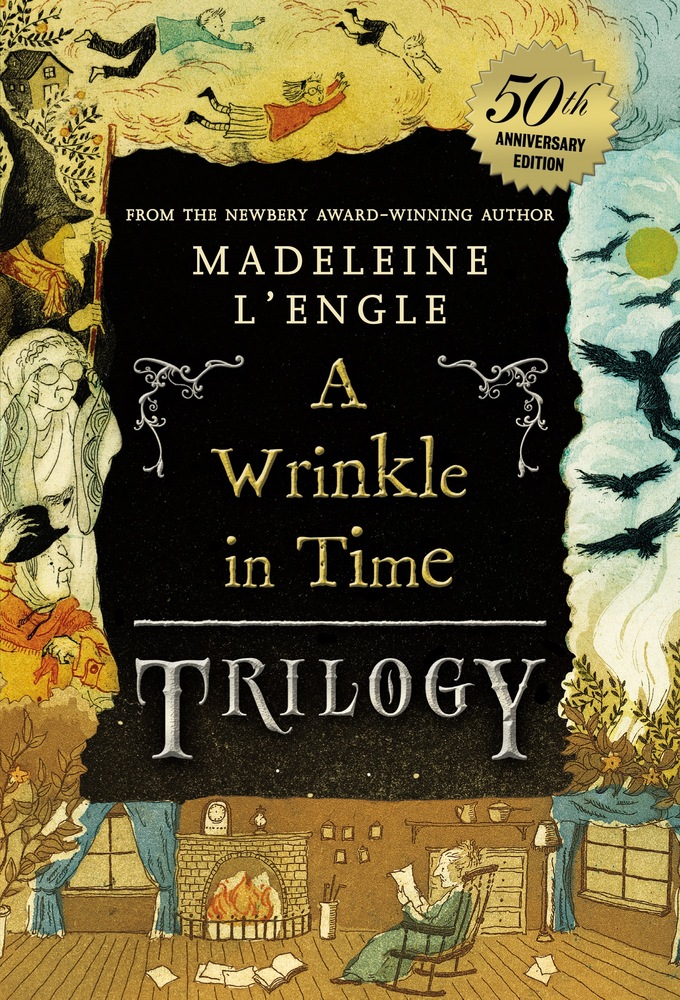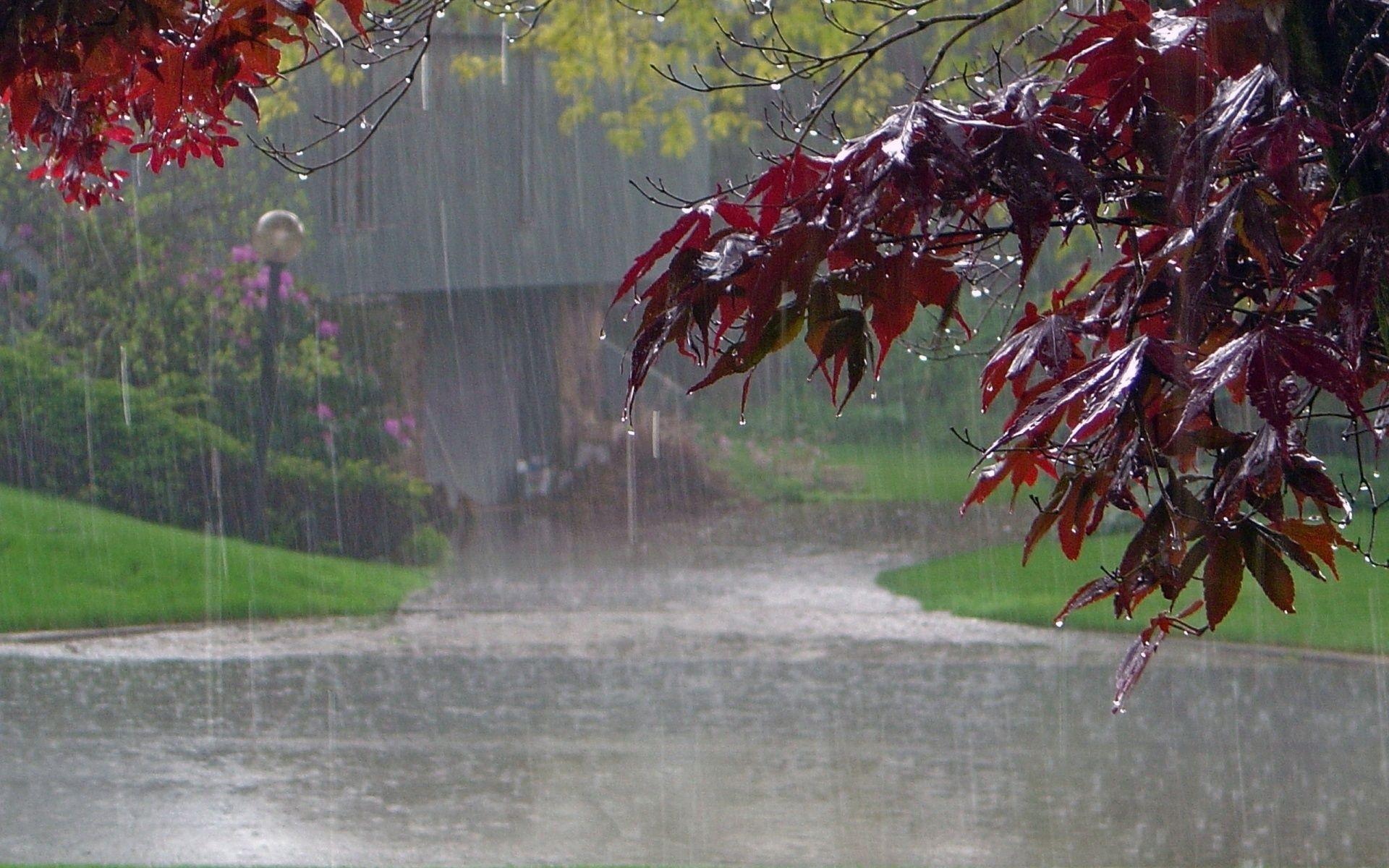From the lovely and lively streets of American cities to the cultured and historic landscapes of Russia, art has created its niche. Each stroke of a paintbrush tells a unique story and every colour furthers an emotion. The imagination of an artist knows no bounds and it is an art that has made these nations shine. While Russian art is more aesthetic as there is ample use of vibrant hues and floral designs, American art forms are more abstract, expressive and individualistic.
Here are a few amazing art forms from Russia and America that will give you a peek into their culture and history.
Art forms of Russia:
While Russia is famous all over the world for giving the best thinkers like Leo Tolstoy and Fyodor Dostoevsky to the world, the same country has also birthed some of the most talented painters. These innovative inventions from the ancient ages have survived the test of time. Here are some unheard art forms from Russia that are still famous today :
Khokhloma: Dating back to the seventeenth century, artists practising this art form use black, green and red colours on a black background. Traditionally, people decorate their wooden household items like jars, table tops and cupboards by painting on them. The surface is first painted black and once it dries, bright designs are painted in vibrant hues on the surfaces. The patterns include berries and flowers and are painted with a special heat-resistant metal paint.

Matryoshka Dolls: Everyone has played with these dolls as a kid. However, little did we know that these nested wooden dolls have their origin in Russia. The dolls are painted to reveal a series of smaller dolls within. From the biggest to the smallest, these dolls are symbolic of a mother carrying a child within. The sequence of these dolls is painted in vibrant colours and is intricately designed which makes the sequence charming and endearing.

Gzhel: This art form stands for the blue and white intricate patterns drawn on ceramic surfaces. The art form got its name from the place of origin i.e. Gzhel, a village near Moscow, Russia. Floral motifs and many other orange-blue patterns are hand-painted by local artists on various pottery items like plates, teapots and even figurines.

Gzhel: This art form stands for the blue and white intricate patterns drawn on ceramic surfaces. The art form got its name from the place of origin i.e. Gzhel, a village near Moscow, Russia. Floral motifs and many other orange-blue patterns are hand-painted by local artists on various pottery items like plates, teapots and even figurines.
Art forms of America:
Americans are well-known for their rock music all over the world. However, a lesser-known fact about this country is that the Americans were at one point in time amazing artists. Their art influences Asian, European, African as well as European traditions. Here are certain art forms that you can try at home and have fun:
Sand painting: Sand painting is a unique art form in which an artist pours different colours of sand on a surface to create paintings. Crushed-coloured sandstones, pollen and charcoal are some of the materials used to create an artwork. This art form has a religious significance as its main function is to connect with healing ceremonies. Native Americans would make the patient sit in the centre of the painting to cure his or her illness and heal the patient completely.

Porcupine Quillwork: Porcupine quillwork is one of the most intriguing artworks. The quills are used to decorate various items of clothing and multiple accessories. To do so, the quills are dyed in the desired colour and seen through birch paper. Only a few skilled women could do this sacred art and had to recite prayers while performing it.

Totem Poles: Skilled artists use various tools like chisels and adzes to carve wood and make carvings. In the Native American culture, these poles are highly significant as they narrate stories and also tell about the spiritual beliefs of people. These poles can be anywhere between 40 feet to 100 feet tall depending on the cultural significance and the purpose of the artist making one.

Conclusion
Art knows no boundaries. We all played with Matryoshka Dolls as kids and painted in the sand whenever we got the chance. Therefore, it is all about exploring one’s creative prowess and understanding all humans face the same emotions. The art scenes in Russia and America tell interconnected narratives that reflect diverse landscapes. However, the common threads that bind them together are human emotions and willingness to express themselves through the medium of art. Both countries contribute majorly to art on a global level and there is a lot to learn from them for art enthusiasts.

)
)
)
)
)
)
)
)
)
)